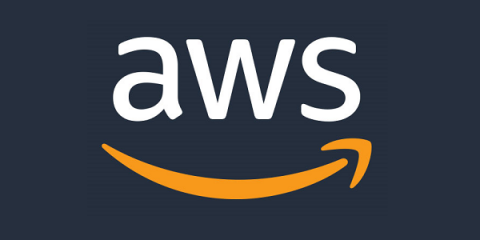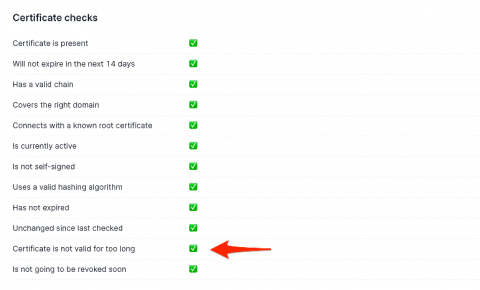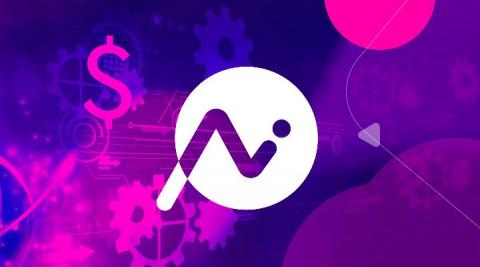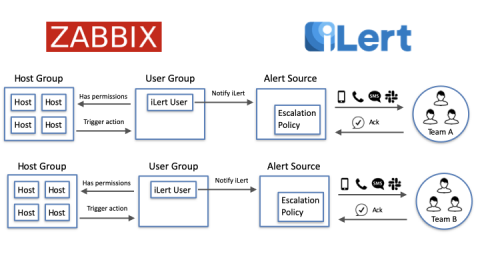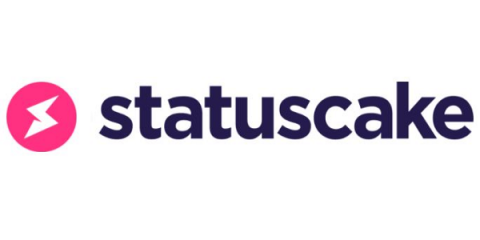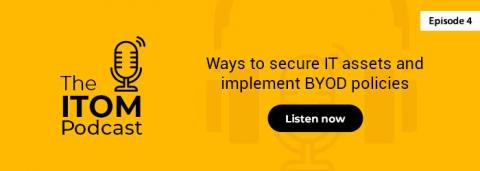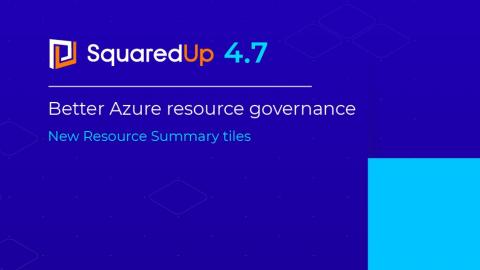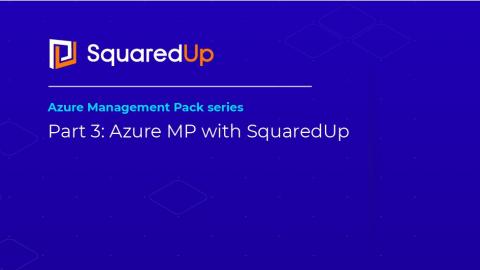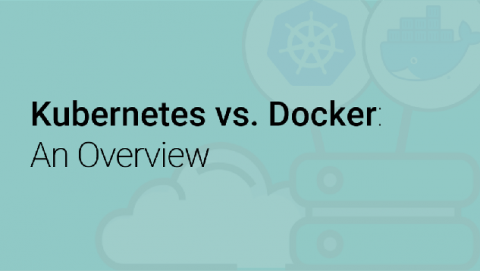How to Seamlessly Switch AWS Partners
Working with the right AWS provider can make or break a company, but many companies discover that after a few years, what was once a great fit just doesn’t work anymore. Over time, your needs change, and the provider you’ve been with for years might not be able to provide what you need. Alternatively, maybe your AWS provider simply isn’t living up to your expectations, or perhaps your company is looking to redesign their cloud infrastructure. When this happens, what are your options?


